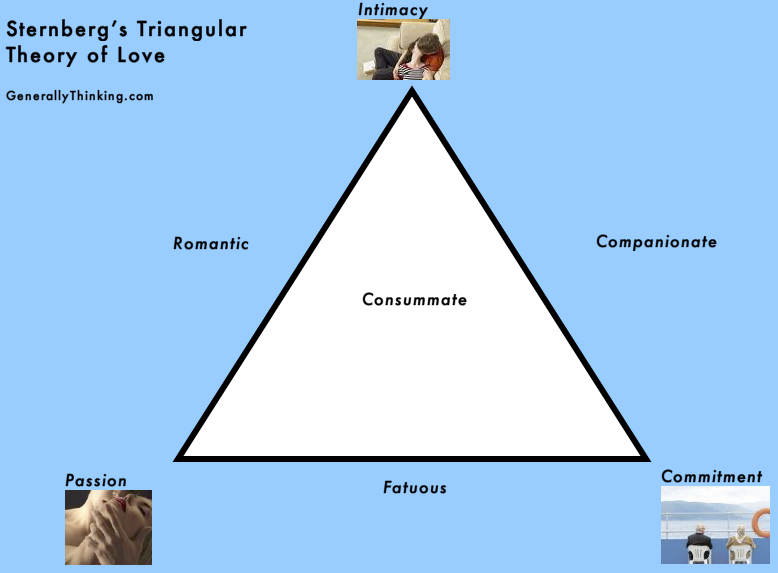There is a lot of information out there about the benefits of optimism in numerous areas of life. The research shows that optimists aren’t necessarily blind to the world, seeing it with rose-tinted glasses, which is a common criticism of books and programs aimed at developing optimism in people. In fact, optimism seems to be in many cases a highly desirable decision making or belief strategy. And being optimistic implies a positive anticipation of a desired outcome; sometimes when all the evidence points to a different one occurring.
Rather than writing the “10 steps to optimism”, I want to look into this a little more deeply. Why have we evolved the ability to think this way? Surely the best way to guide behaviour would be to hold beliefs that are as accurate as possible, and making decisions based on them. I would have assumed that these would be the most accurate decisions you could make. So you might argue that natural selection would tend towards accurate thinking, but this doesn’t match up with the evidence base on optimism or other cognitive biases (or simply the experience of being human).
To explain the ultimate origin of optimism, it is necessary to figure out whether having a system in the brain that allows for overly favourable perception or cognition can be beneficial to survival or reproduction, and also to see how the system would relates to other ideas in evolutionary theory.
To give a specific example, consider the tendency of men to overestimate the sexual interest of women (1). This is of course an adaptive strategy, because male reproduction is limited only by the number of partners they can meet, and since it costs little or nothing to ‘try it on’, being optimistic and assuming the best means fewer missed opportunities. Natural selection would therefore favour men who are optimistic about women’s interest in them, as opposed to those with accurate perceptions.
This balance of costs and benefits is how optimism is said to have evolved. In a situation where a caveman or cavewoman has to make a decision, but they are uncertain about the outcome, sometimes they are going to get it wrong. But, is it more costly to make false positive errors, or false negative errors? This problem is called error management theory (1), and it ties in nicely with the idea of positive illusions, which we’ve discussed before in the context of relationships.
Taylor and Brown (2) propose that positive illusions help motivate people to pursue goals with a low objective level of success, such as the terminally ill individual whose positive illusion about the disease leads her to positive health behaviours.
In such a situation (and in others), optimism and pessimism can lead to different negative outcomes – optimism might lead to wasting time and energy in pursuits that are not beneficial, and pessimism might lead to passivity and missing out on potential opportunities.
Reasoning forward we can see a route through which optimism can evolve in a world where the outcomes of decisions are often uncertain – if the cost of trying and failing is low (compared to the benefit of succeeding), then optimism is the best strategy – better, even, than a decision that is made on accurate information (3).
Coming back to increasing chances of survival and reproduction, we find that positive illusions tend to be aimed toward the self, and particularly about characteristics that other people find desirable – when asked about others, the illusions disappear (4) – with the exception of our positive illusions towards our romantic partners; but we’ve seen that these are ultimately self-serving as they help sustain the relationship.
Likewise, pessimism is thought to have evolved by the same pressure of natural selection, but this time acting on a different area of the brain. This allows for variation in the things we can be optimistic and pessimistic about, depending on the particular situation (see reference 3 for more info on this).
Recommended Reading
References:
(1)Haselton, M. G. & Buss, D. M. (2000). Error management theory: A new perspective on biases in cross-sex mind reading. Journal of Personality and Social Psychology, 78, 81-91.
(2) Taylor, S. E., & Brown, J. D. (1988). Illusion and well-being: A social psychological perspective on mental health. Psychological Bulletin, 103, 193-201.
(3) Haselton, M., & Nettle, D. (2005). The paranoid optimist: An integrative evolutionary model of cognitive biases. Personality and Social Psychology Review, 10(1), 47-66
(4) Campbell, J. D. (1986). Similarity and uniqueness: The effects of attribute type, relevance and individual differences in self-esteem and depression. Journal of Personality and Social Psychology, 50, 281-294.






